Some of the best TVs of 2025 will arrive with a key upgrade for gamers. While top-tier sets in recent years have sported a native refresh rate of 144Hz, higher-end models arriving in 2025 will offer 165Hz — a step up from their predecessors.
The bump allows gamers to enjoy higher framerates across select titles. For most people, however, the upgrade won’t have an impact on gameplay. Here’s what you need to know.
Why is 165Hz better for gaming?
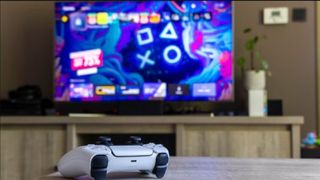
In short, a 4K TV with a native refresh rate of 165Hz is capable of displaying 4K content at 165 frames per second. A 4K TV that features a 144Hz refresh rate, however, tops out at 144fps.
Higher framerates spell smoother gameplay, which is why gamers seek displays with a native refresh rate high enough to accommodate their favorite titles. Such is the case with both the best gaming monitors and TVs.
However, as these newly minted 165Hz TVs begin to line the shelves, it’s important to remember who will make the most of this upgrade. There may (and probably will) come a day where 165Hz is more broadly beneficial, but right now, you probably don’t really need it.
Which gamers will benefit from the 165Hz upgrade?
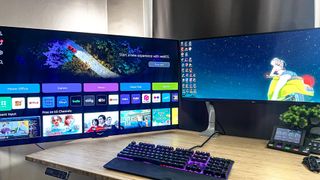
PC gamers will be the first to reap the benefits of 4K, 165Hz TVs. Right now, even the most powerful consoles on the market — the PlayStation 5 Pro and Xbox Series X — only support 4K games up to 120Hz. PC games, on the other hand, can be tuned higher, making the higher spec more important to those players.
From where we sit at the start of 2025, even the most dedicated of console gamers are still making the most out of their console’s framerate capabilities with a 120Hz TV. Yes, it’s nice to have features like Variable Refresh Rate (VRR), AMD’s FreeSync and Nvidia G-Sync compatibility in your back pocket, but when it comes to frames, 120 is the best these consoles can currently do.
PC gamers will be the first to reap the benefits of 4K, 165Hz TVs.
Think of it this way: If your gaming is limited to the living room TV, don’t feel like you’re missing out on the fun now that 165Hz TVs are rolling out. In fact, even 144Hz sets are beyond the reach of our current crop of consoles.
That said, if some of the best TVs of the year sport the 165Hz spec and you find yourself in the market for a high-end TV, you might end up buying a 165Hz TV, anyway.
Which 2025 TVs will feature a 165Hz refresh rate?
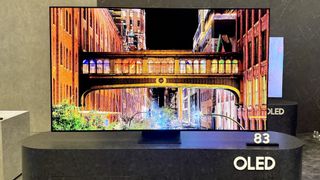
Right now, Samsung, Hisense and LG have all confirmed that the 165Hz spec will be available on some of their 2025 TVs (to varying degrees of specificity). At the time of publishing, information about 2025 models from TCL and Sony is still forthcoming.
Of Samsung’s 2025 TV lineup, the QN90F Mini-LED and S95F OLED have been confirmed to feature a 165Hz refresh rate. The souped-up QN990F, an 8K TV, can support 165Hz, too.
Hisense announced that its massive, 116-inch TriChroma Mini-LED TV, the 116UX, will feature a 165Hz refresh rate. The brand has also hinted at additional 165Hz models later in the year.
Only one set in
LG’s 2025 TV lineupis up for the task: the LG G5 OLED. The pricier, wireless M5 OLED is otherwise just as capable as the G5, but its refresh rate is 144Hz. This likely has to do with its reliance on LG’s Zero Connect Box, which transmits audio and video to the M5 wirelessly. The mid-range C5 OLED will feature a native 144Hz refresh rate, just like the LG C4.
More from Tom's Guide
- Millions of LG TVs are getting a free upgrade to webOS 25 — here's when yours is coming
- TV brands are going all-in on AI for 2025 — and I'm already over it
- 2025 could be the year of cheap OLED TVs — here's why


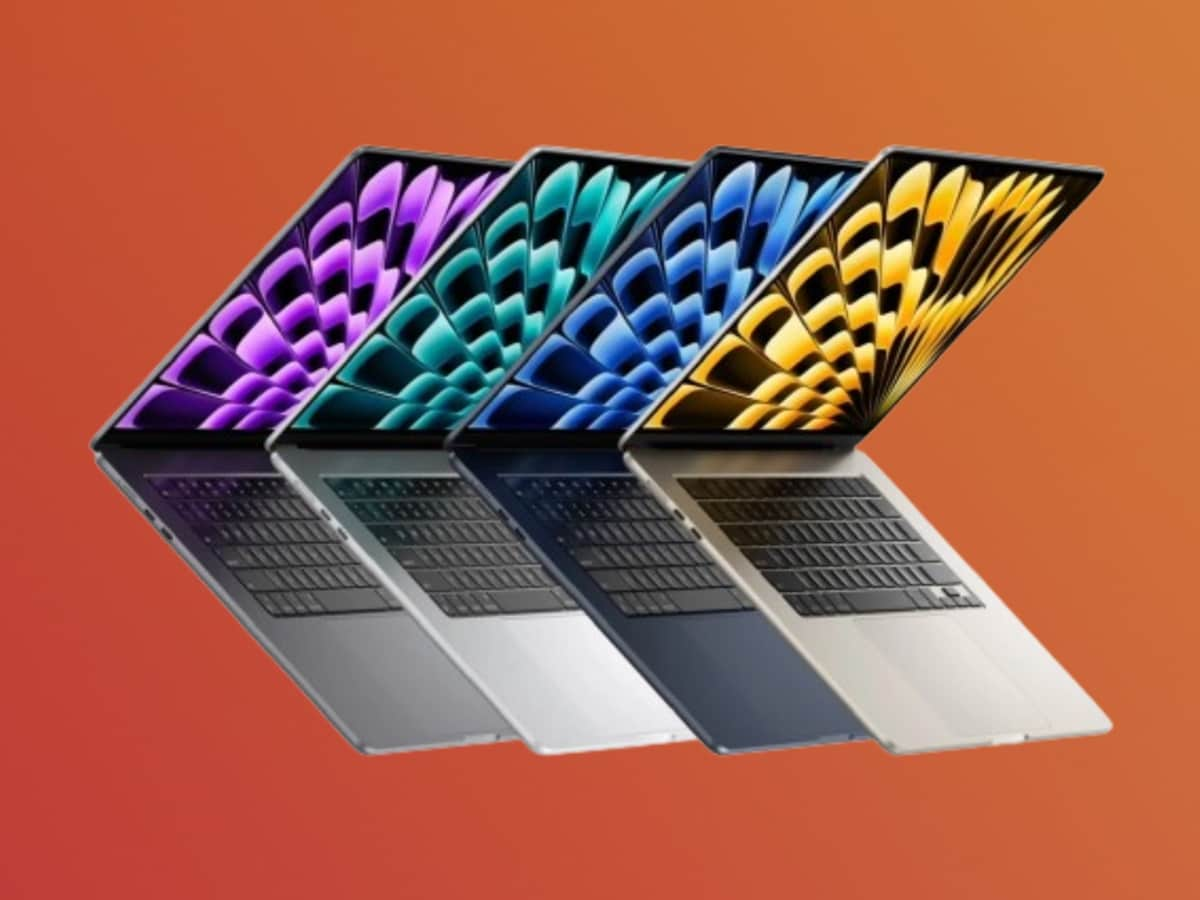





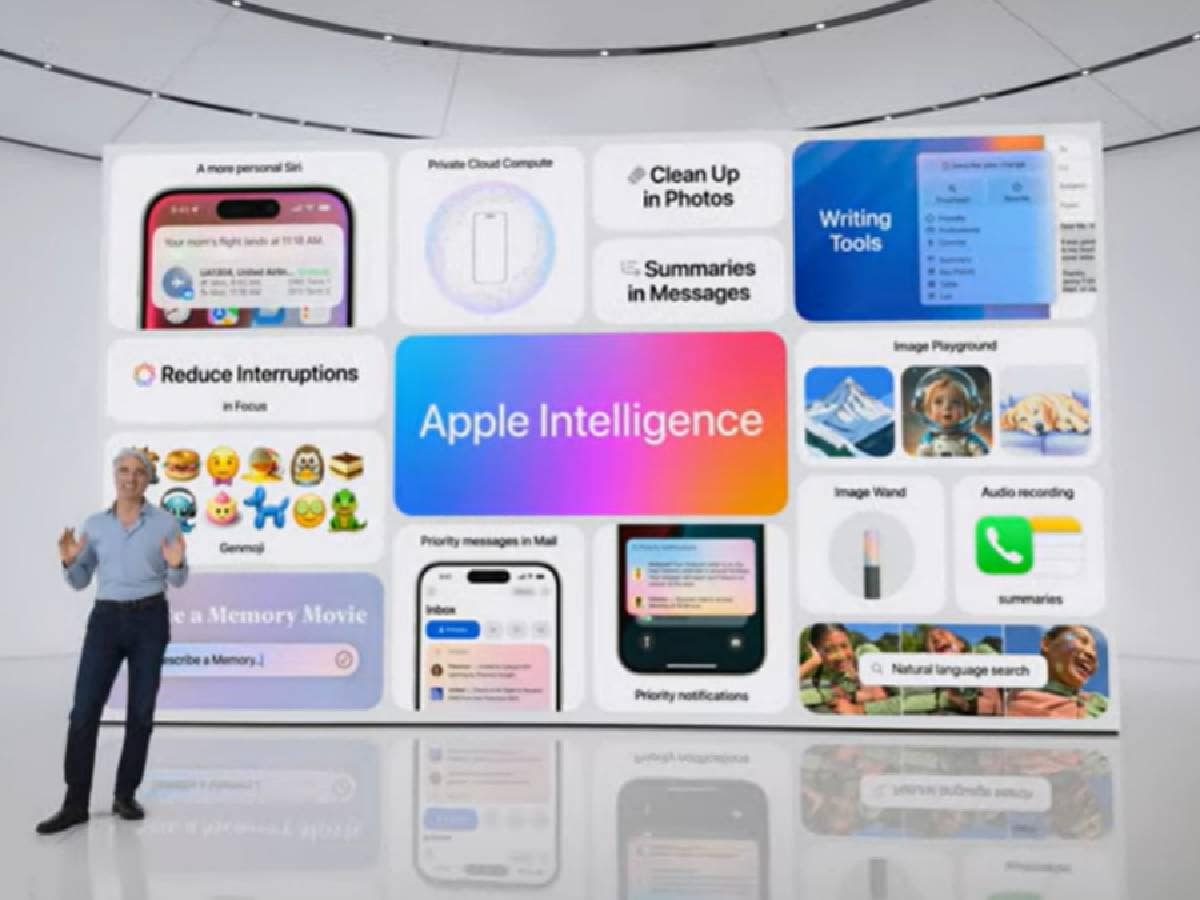












 English (US) ·
English (US) ·